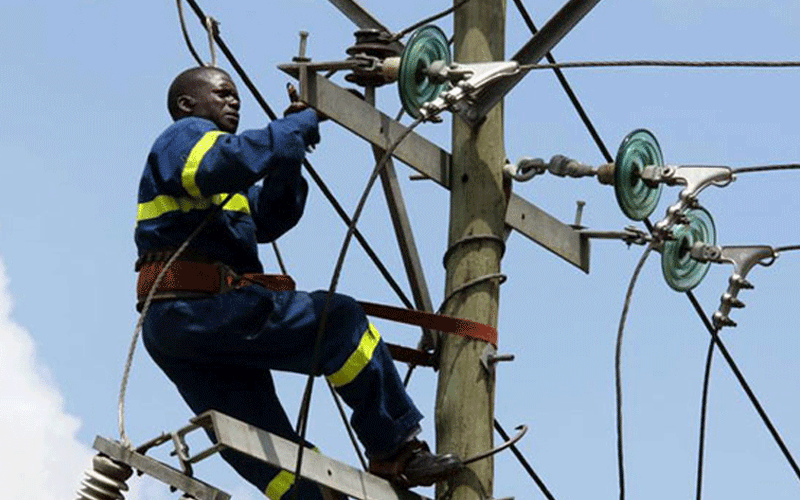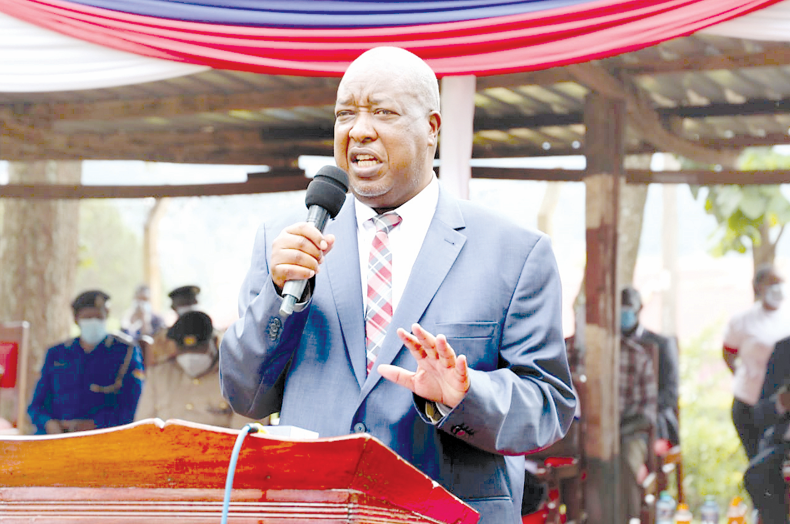Why Kenya Power net profit sank to Sh262m

Lewis Njoka @LewisNjoka
Kenya Power profit after tax for the year ended June 30, 2019 declined by over Sh3 billion due to an increase in both finance and non-fuel power purchase costs.
The company’s audited financial results show that its net profit stood at Sh262 million down from Sh3.268 billion posted in 2018.
During the period, Kenya Power’s non-fuel power purchase costs rose by Sh34.7 billion while finance costs increased by Sh3.3 billion due to increased levels of short-term borrowing and foreign exchange losses.
Purchase costs
“This was mainly attributable to increase in non- fuel power purchase costs by Sh18.083 billion from Sh52.795 billion to Sh70.878 billion following the commissioning of two power plants with a combined generation capacity of 360mw during the period,” said Kenya Power in the statement.
“On the other hand, finance costs increased by 46.4 per cent from Sh7.048 billion the previous year to Sh10.315 billion due to increased usage of short-term borrowings to bridge cash flow shortfalls and unrealised foreign exchange losses,” it added.
The dip in profits occurred despite a growth in revenue from electricity sales, a decrease in fuel costs as well as a decrease in transmission and distribution costs.
Churchill Ogutu, the head of research at Genghis, says that other than the inefficiencies in the non-fuel costs, governance challenges at the utility company have also contributed to the profit dip.
“In addition to non-fuel costs there are the governance issues that have been playing out. That also is a contributing factor to the inefficiencies at Kenya Power,” he said.
According the company’s audited financial report, revenue from electricity sales grew by Sh16.994 billion (17.8 per cent) to Sh112.429 billion up from Sh95.435 billion the previous year.
The rise in revenue was partly attributed to a tariff review at the beginning of the year prior to the subsequent tariff harmonization that lowered rates for small commercial customers and broadened life-line tariff for domestic customers.
The growth in revenue was also supported by a 3.4 per cent increase in unit sales from 7,905 Gigawatt hours (GWh) to 8,174 GWh owing to an expanding customer base.















